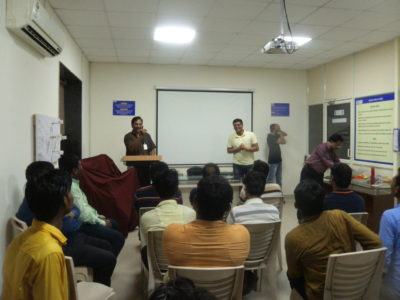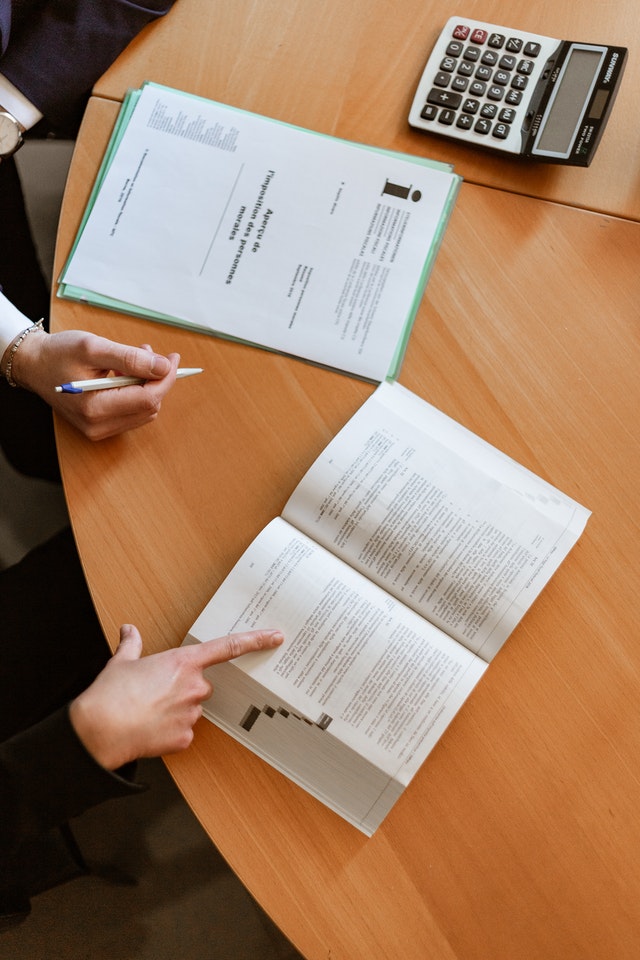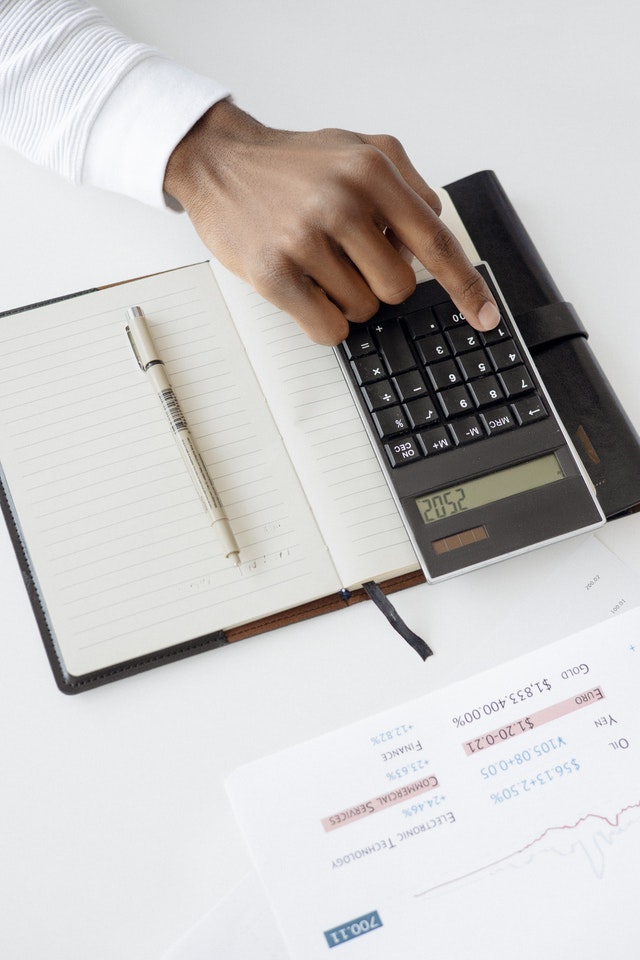AUDIT
An audit is a systematic independent review to verify conformance with established guide lines or standards.It employs well defined review process to ensure consistence and to allow the auditor to reach defensible conclusions
Objectives of the safety audits
- Design deficiencies and also weaknesses which might have cropped up during modifications /additions.
- Fire protection arrangements and safety systems.
- Operating /maintenance procedures-degraded with time.
- Training, preparedness for handling emergencies
Scope of audit
- Fire and Explosion; Prevention, Protection and Emergency Management
- Work Injury Prevention.
- Health Hazards Control
- Consequences of Emergencies and On Site Emergency Control
Fire Load Calculation
- An important factor in establishing the basis for the assessment of the fire risk pertaining to any building is the concept of ‘fire load’ which indicates the quantity of heat liberated per unit area when a building and its contents are completely burnt.
- All occupancies / buildings, etc. can be graded according to their fire hazard and are to be provided for with suitable fire precautions on the basis of the fire load. Hence, grading of buildings according to both fire load and fire resistance can be made.
- Sequence –Training – Concept, Data Collection, Improvements | Survey for identification of fire hazards | Identification of Materials & quantities | Process understanding | Calculations of Fire load density | Report and recommendations
- Opening & FL introduction Training
- Plant visit for: a) Process understanding. b) Identification of Combustible Materials & quantities along with CTM.
- Data Collection & validation
- Compilation of Data & Calculation of Fire load
- Report &Recommendations
- Fire Load Reduction Training.





